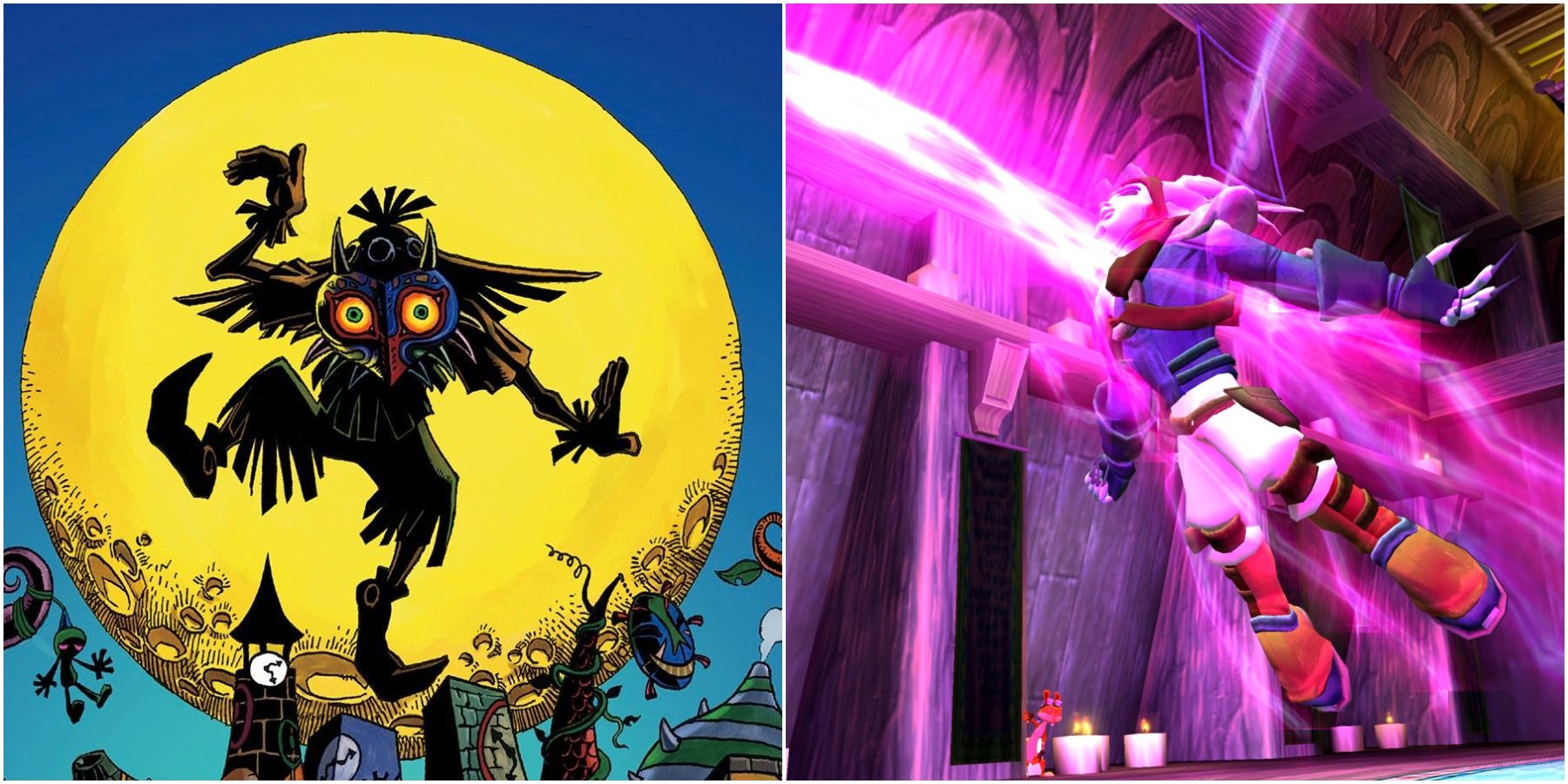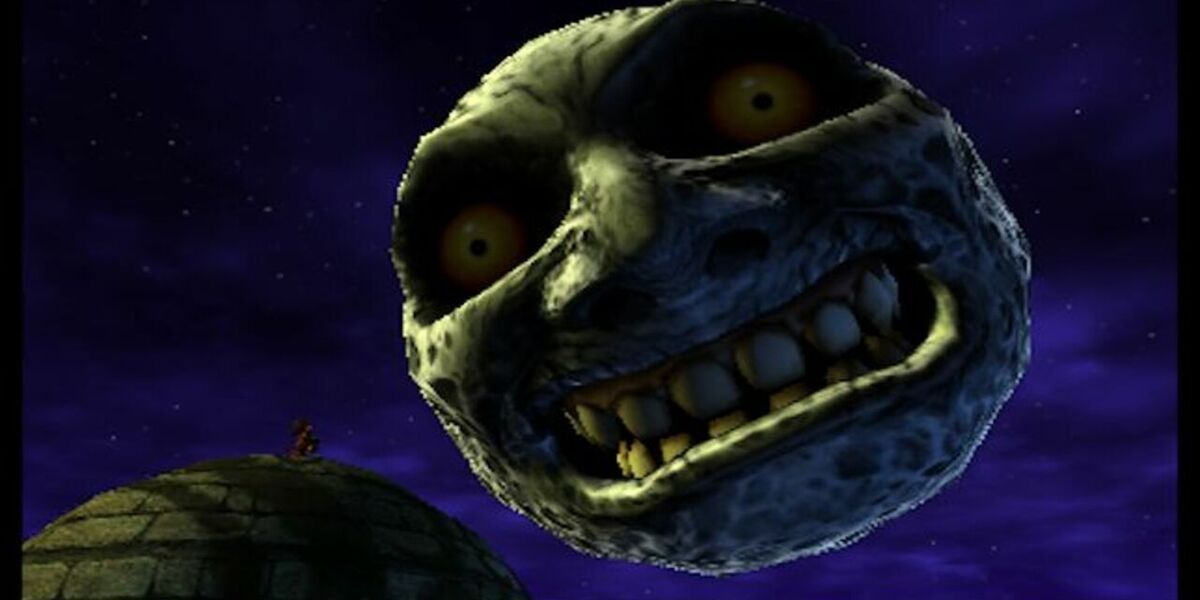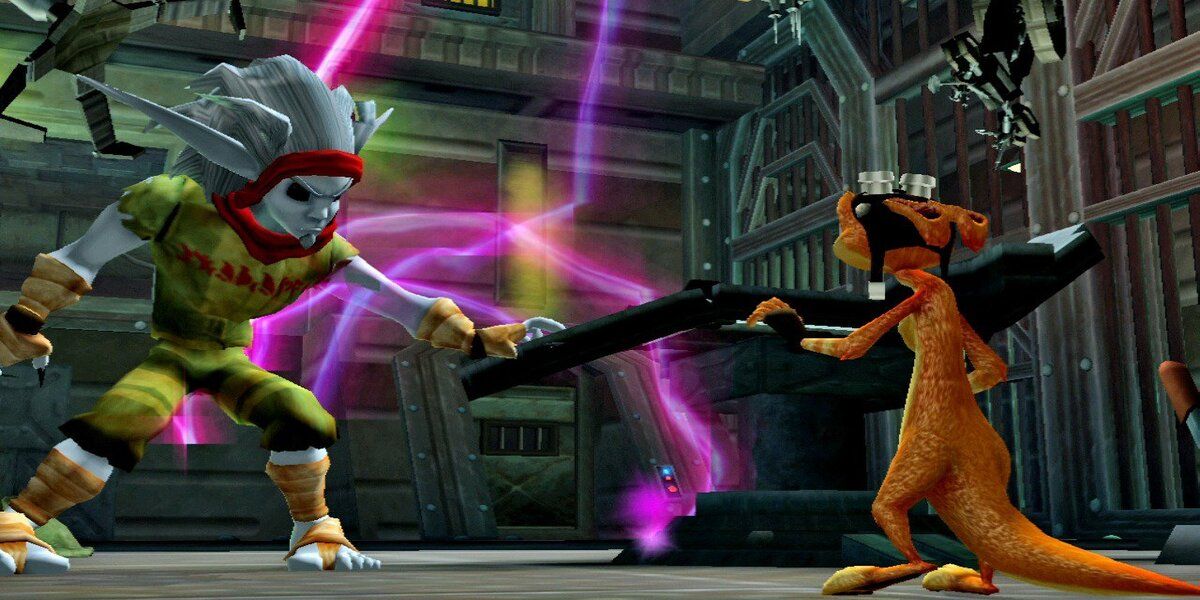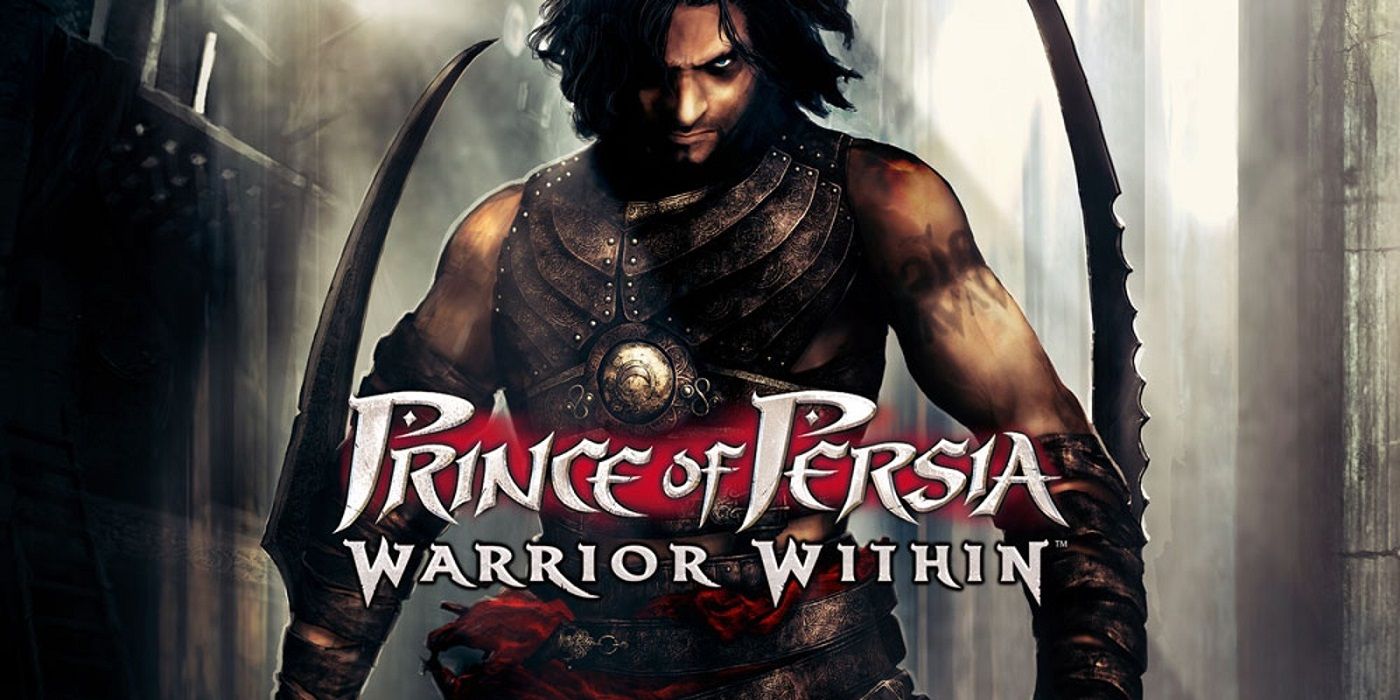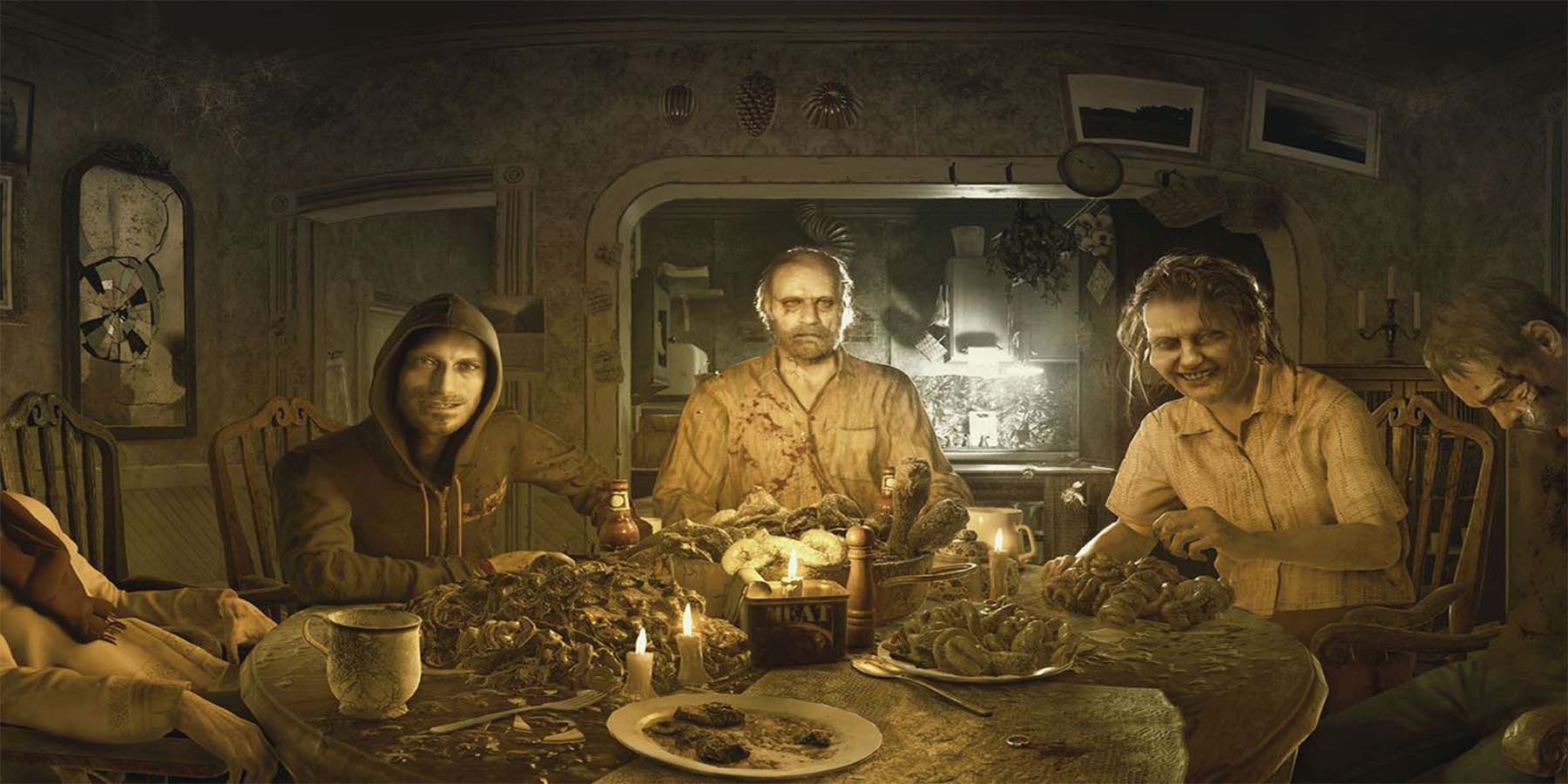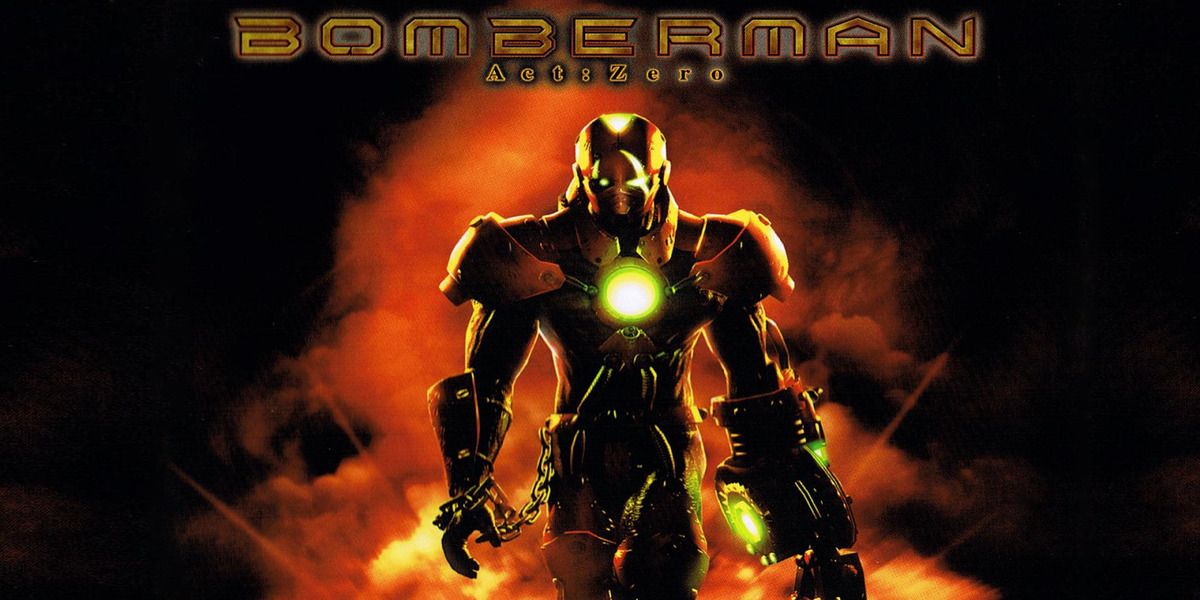Gaming sequels are deceivingly difficult for developers to get right. Sequels need to appeal to existing audiences, entice newcomers, and be innovative enough to stand out and avoid feeling like little more than DLC.
Unfortunately, a lot of gaming sequels decide against major innovation and opt instead to play it safe and offer a very similar experience to the predecessor. Although this approach is relatively risk-free, it often makes for an underwhelming and ultimately unforgettable experience. Thankfully, there have been numerous sequels that have decided against playing it safe and have taken a risk by pushing boundaries and implementing sweeping innovations and changes.
In some cases, these sweeping changes refer to the tone of the game. A handful of franchises have made their sequels feel fresh by implementing a dark tone that strips away previous hope and optimism and replaces it with sorrow and despair.
5 The Legend of Zelda: Majora's Mask
The Legend of Zelda: Majora's Mask is a perfect example of a development team commendably deciding against playing it safe and opting instead to do something significantly different. Following the huge success of The Legend of Zelda: Ocarina of Time, it would have been very easy for Nintendo to simply make Ocarina of Time 2, knowing that the game would have been a commercial success even if it lacked innovation.
Instead, Nintendo shook things up with Majora's Mask, which was released in the year 2000 and featured a genuinely disturbing story about a town's impending annihilation from a nightmarish moon. Along with the dark story, Majora's Mask also implemented a three-day cycle which put a constant time restraint on players, creating a constant sense of urgency. This three-day cycle also fed into the game's side quests in Clock Town, which were some of the most enjoyable parts of the game.
4 Jak 2
Jak and Daxter: The Precursor Legacy, the original game in the Jak and Daxter series, was released in December 2001 and received universal praise from fans and critics, who believed that the PlayStation 2 game was the next generation of 3D platformers.
However, Naughty Dog decided against trying to make Jak and Daxter the new face of wholesome mascot platformers for Sony and opted instead to take the series in a completely different direction by putting the heroes in a cyberpunk setting and giving Jak a range of guns and weaponry. Although the change was divisive, the game predominantly received positive feedback, exemplified by its 87 critic score and 8.3 user score on Metacritic.
3 Prince of Persia: Warrior Within
Like Majora's Mask, Prince of Persia: Warrior Within had the tough task of following a game that was beloved by fans and highly praised by critics. Prince of Persia: The Sands of Time was released in 2003 and is still considered one of the best action-adventure games of all time, thanks to its excellent blend of combat and platforming along with the unique time manipulation mechanics.
Prince of Persia: Warrior Within was released only one year after The Sands of Time, but it was clear from just the front cover that significant changes had been made to the series. Warrior Within partnered its dark shift in tone with brutal hack and slash gameplay reminiscent of Devil May Cry.
2 Resident Evil 7: Biohazard
In terms of main series releases, 2017's Resident Evil 7: Biohazard is the sequel to 2012's Resident Evil 6. 2012's game was heavily criticized upon release, predominantly because it stripped away the franchise's quintessential horror in favor of action-centric third-person shooter gameplay. This genre shift was common at the time, as many franchises tried to cash in on the success of popular shooters like the Modern Warfare series - F.E.A.R. 3 is another example of a horror game that went in this direction.
The lackluster critical reception and weak sales figures for Resident Evil 6 showed Capcom that change was needed, so they completely revamped the series in 2017 with Biohazard. Many people were excited to hear that the game was going back to its horror roots, though few expected that the game would be far scarier than any previous entry in the series by a significant margin.
Resident Evil 7: Biohazard featured an unsettlingly immersive first-person perspective for the first time in the main series and removed the heavy weaponry and co-op features from Resident Evil 6 to make players feel in constant danger from the horrors within the Baker's house.
1 Bomberman: Act Zero
Whereas the other entries on this list prove how positive a change in tone can be for a series, Bomberman: Act Zero shows that it's not always a success. Despite sharing the Bomberman name, consumers could be forgiven in 2006 for looking at the front cover of Act Zero and not realizing that it's part of the same franchise. Bomberman: Act Zero stripped away the colorful and cartoony aesthetics from the previous games and instead implemented a gloomy, dystopian setting with realistic character models and graphics.
The dramatic change in tone had potential but was poorly executed, resulting in a brutal 34 critic score and 2.1 user score on Metacritic.

